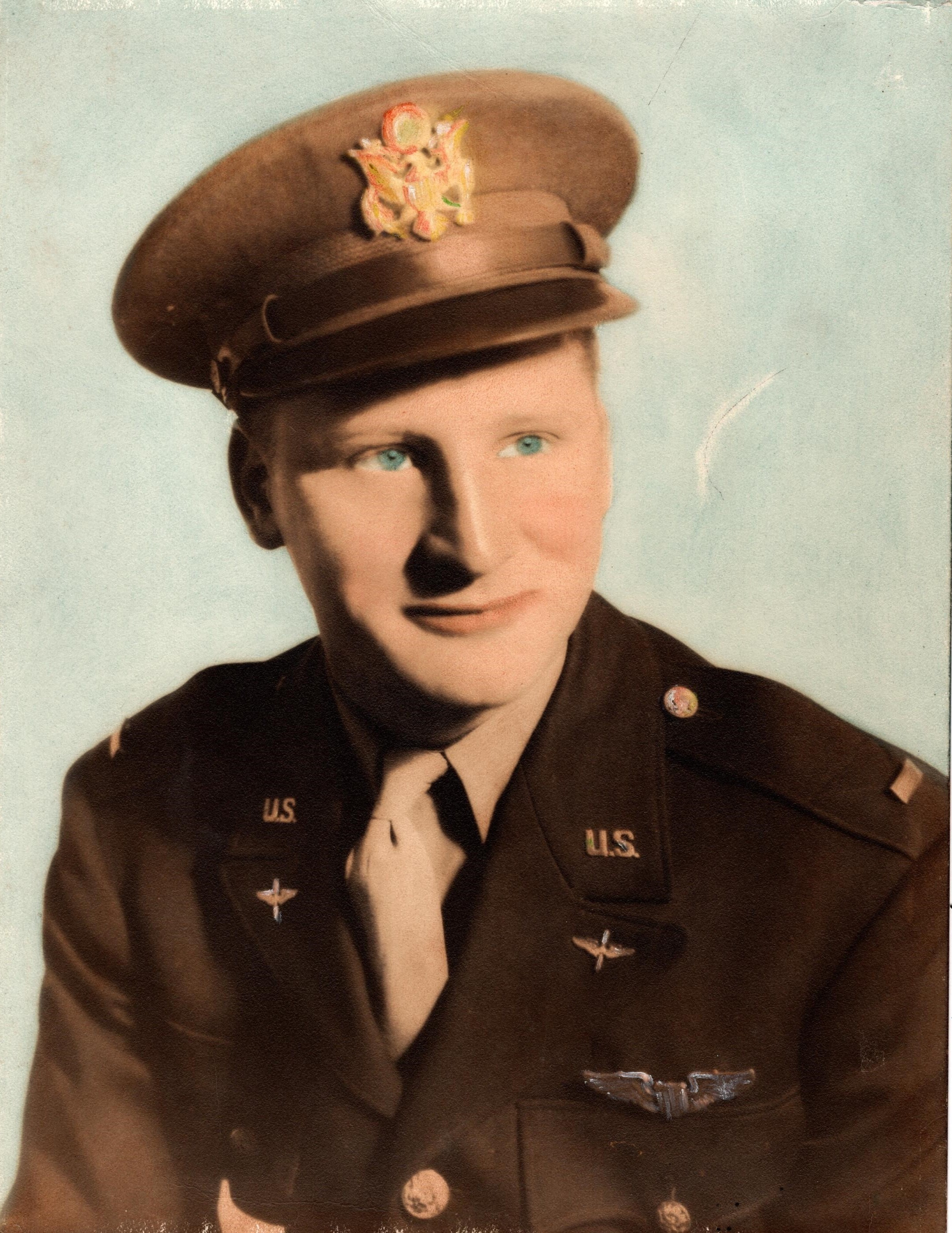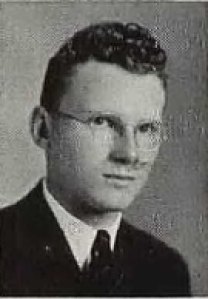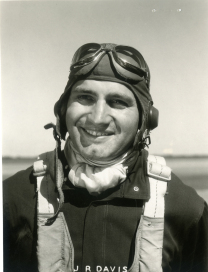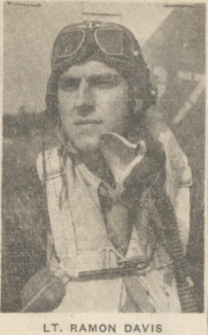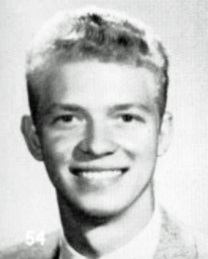AMES, Iowa – Howard Medin lettered in football and was the secretary of his fraternity at Iowa State before he answered the call of duty just weeks after the attack on Pearl Harbor signaled the United States’ entry into World War II. Medin is among five veterans to be honored Nov. 7 during Iowa State University’s annual Gold Star Hall Ceremony.
Medin was born December 2, 1917, in Algona, Iowa, the youngest of Rose and Samuel Medin’s four boys. Howard and his three brothers – Carl, Kenneth, and Russell – loved sports, hunting and fishing. He graduated from Algona High School in 1935. While at Algona High School he participated in football, wrestling, track, was captain of the basketball team and was class secretary. While playing football in high school, Medin earned the nickname “Fido,” a name that stuck because others said he would rather run through someone on the field instead of around them. He was chosen as a quarterback on the North Central Conference first football team.
Medin’s father worked for the Algona cooperative creamery delivering milk. The manager of the creamery, Mads Christiansen, made it possible for the Medin brothers to go to college. Christiansen paid for their schooling so long as they chose majors relevant to the dairy industry and repaid him by working at the creamery in the summers.
Medin followed his brothers to Ames to Iowa State College, keeping true to his word by majoring in dairy. While at Iowa State he participated in in football, wrestling, dairy club, and the FarmHouse Fraternity. As a senior, he served as secretary of the Farmhouse Fraternity, won a major “I” letter in football and was a starter on the team. His picture, name and number were displayed on posters advertising Iowa State football games, a great honor for an athlete. He graduated in June 1940, receiving a bachelor of science degree in agriculture.
After graduating from Iowa State, Medin went to work for the milk plant at the University of Iowa in Iowa City. On Jan. 28, 1942, less than two months after the bombing of Pearl Harbor pulled the United States into World War II, he enlisted in the Army Air Corps, in Fort Des Moines, Iowa. He was 24 years old. He trained at Rankin Aeronautical Academy in Tulare, California; Air Corps Basic Flying School in Lemoore, California; and Luke Field outside Phoenix, Arizona. He graduated Sept. 29, 1942, from the Air Force Advanced Flying School, Luke Field, Arizona. He was assigned to a P-39 Airacobra plane. He was a pilot in the 327th Fighter Squadron and was stationed at Mills Field in California to “ready for foreign service”. While in the Army Howard was given the new nickname “Homer” by his fellow pilots.
On Dec. 30, 1942, Howard was flying in a two-plane routine formation flight. While about to land at Mills Field the other plane in his formation witnessed Howard’s plane enter a steep spiral dive and crash into San Francisco Bay. This was either due to a mechanical failure or a loss of consciousness. Sea conditions were dangerous that day and a search-and-rescue operation could not be conducted. He was due to fly home the following day to see his family in Iowa for New Year's. In a letter to Medin’s parents, his commanding officer said that Howard “displayed exceptional qualities of leadership and young American manhood.”
Around 15,000 Americans died in aircrew training during WWII. Aviation was barely out of its infancy by the 1940s, which meant even training carried significant risk. The sacrifice of Medin, and the thousands of others who lost their lives in aircrew training, is as real and noteworthy as those who died in combat.
